let's explore it
Where Russia Hugs Japan
Founded at the end of the XIX century by Russian exiles, Sakhalin in those times was known as a territory of labor camps. After the Russian-Japanese war of 1905 the southern part of the island was surrendered to Japan. Since then on the geographic maps, the city of Toyohara was signed on the spot where now we can see Yuzhny-Sakhalinsk – the capital of Sakhalin Island and the Region of Sakhalin. Up to 1945, Toyohara was the center of the prefecture of Karafuto. In 1945 after the end of the Second World War, the southern part of the Sakhalin Island and Kuril islands were handed over by Japan to the Soviet Union.
short region information
LOCAL TIME | UTC+11 |
|---|---|
CLIMATE | Temperate & humid |
CAPITAL | Yuzhno-Sakhalinsk |
HOW TO GET | 8 hours by plane from Moscow
|
HIGHLIGHT | Cape Giant, Birds’ Cape, Lake Busse, Aniva Lighthouse, Volcanoes, Hot lakes,
Waterfalls, Brown Bears
|
types of tourism
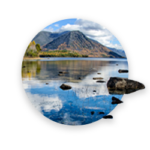
Nature

Winter
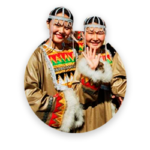
Ethno

Eco

Active

Culinary

Retrospective
Japanese Heredity
Sakhalin is a place where oriental elements intertwine with Soviet times’ traces. With the return of the island, the Soviet leadership tried to make away with the Japanese heritage, but the proximity to Asia has largely determined the local culture and life. The exotic Japanese influence is still visible in this area today. The building of the museum of the Karafuto prefecture erected by the Japanese was built in the traditional “tayken” style (of the imperial crown). Now it houses a local lore museum. A Japanese garden with fountains and ponds is laid out around the building. In the museum itself, you can get acquainted with the household items of the indigenous inhabitants of Sakhalin – the Evenk and Ainu reindeer breeders.
Where the morning starts
The main monument of Sakhalin Island is without any doubt Nature. Washed by two seas: the sea of Okhotsk and the Japanese sea, it’s the biggest island in Russia. Numerous grottoes created by the wind and sea waves; caves, arches, and pillars standing right in the sea – walking along the costs of Cape Velikan (Giant) and Ptichy (Birds’) you can enjoy watching birds’ and eared seals’ colonies.
In the lake Busse, you can catch with your bare hand giant oysters (shell size of which sometimes reaches 30 centimeters) as well as sea cucumbers, scallops, sea urchins, and mussels.
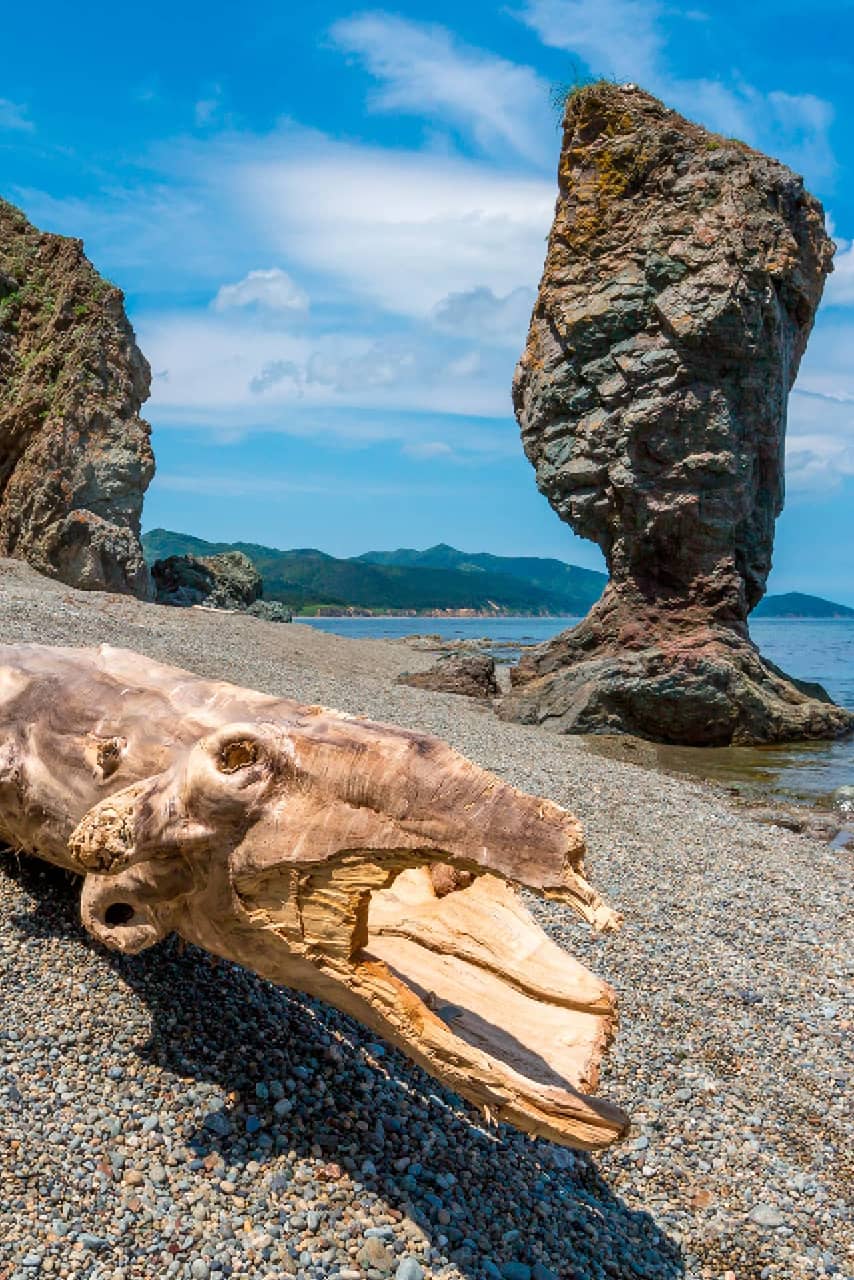

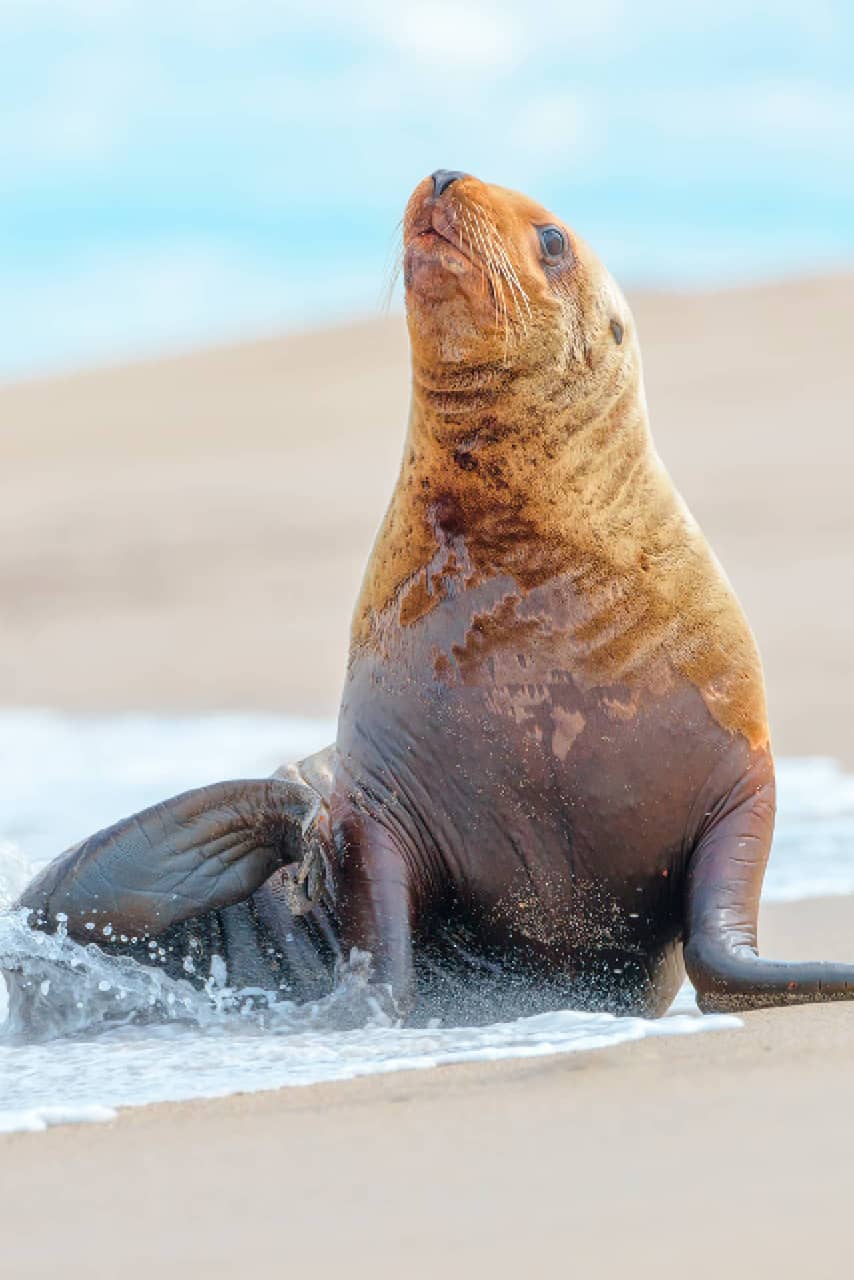
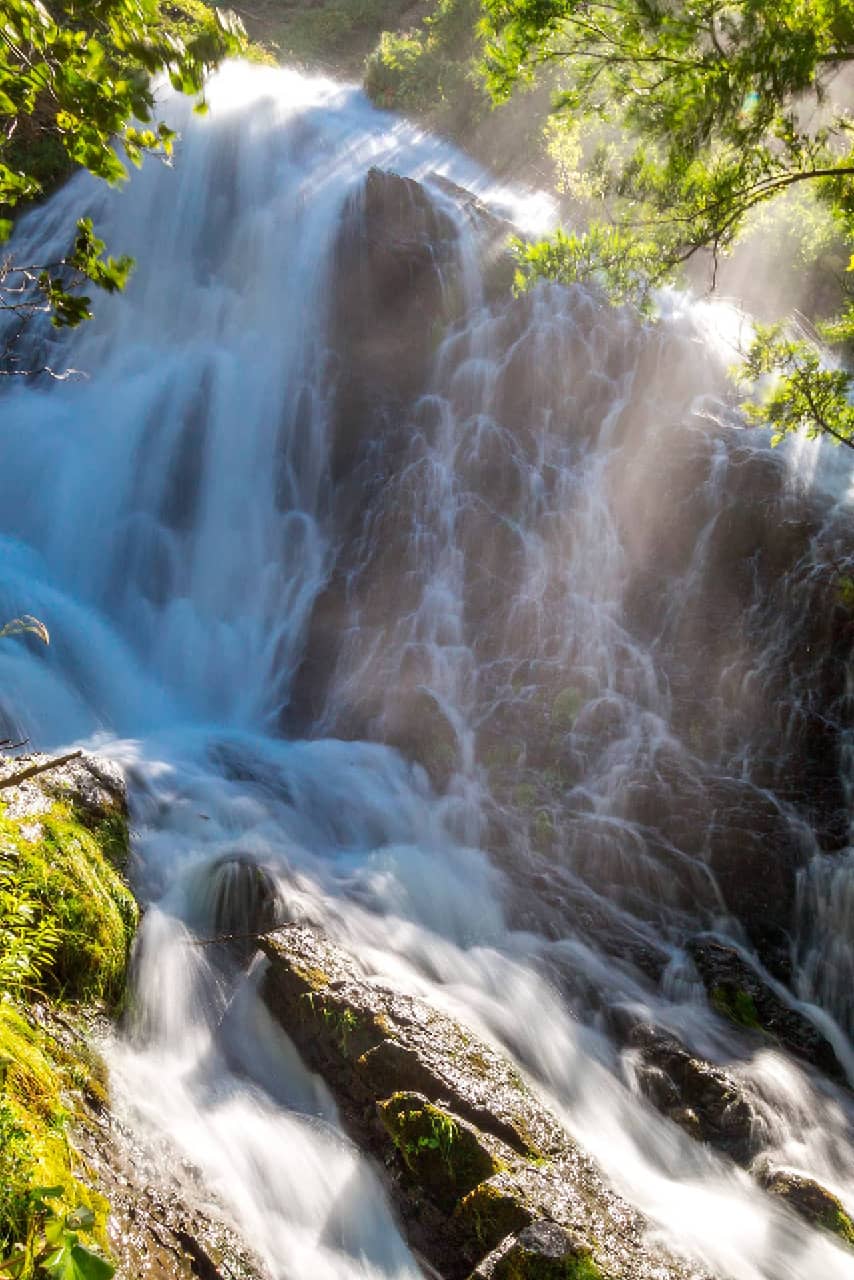
Dolphins and orca whales will keep you company during your boat trip. Volcanoes and waterfalls will remind you about the force of Nature in all its primordial magnificence.
Fish-island
It’s not by chance that Sakhalin is also called fish-island. Besides the island has a form of fish, the variety of fish that the island offers is impressive if not to say more. Sakhalin, in rivers of which salmon spawn, is considered one of the capitals of Russian caviar. Generally speaking, a trip to the island should be considered as a gastronomic tour. During the trip, it’s almost your duty to become a pescetarian. Once you have tasted Kamchatka crab claws here, you will see him in your dreams for a long time.
Turning to history and geography, that Asian accent gives a unique charm to the island, speaking about cuisine too. There are many excellent restaurants of Korean (descendants of Korean workers brought to the island by the Japanese during 40 years of their administration), and Japanese cuisines: the past plays its role. Must-taste dishes are bibimbap, kimchi, fern, as well as a burdock snack.
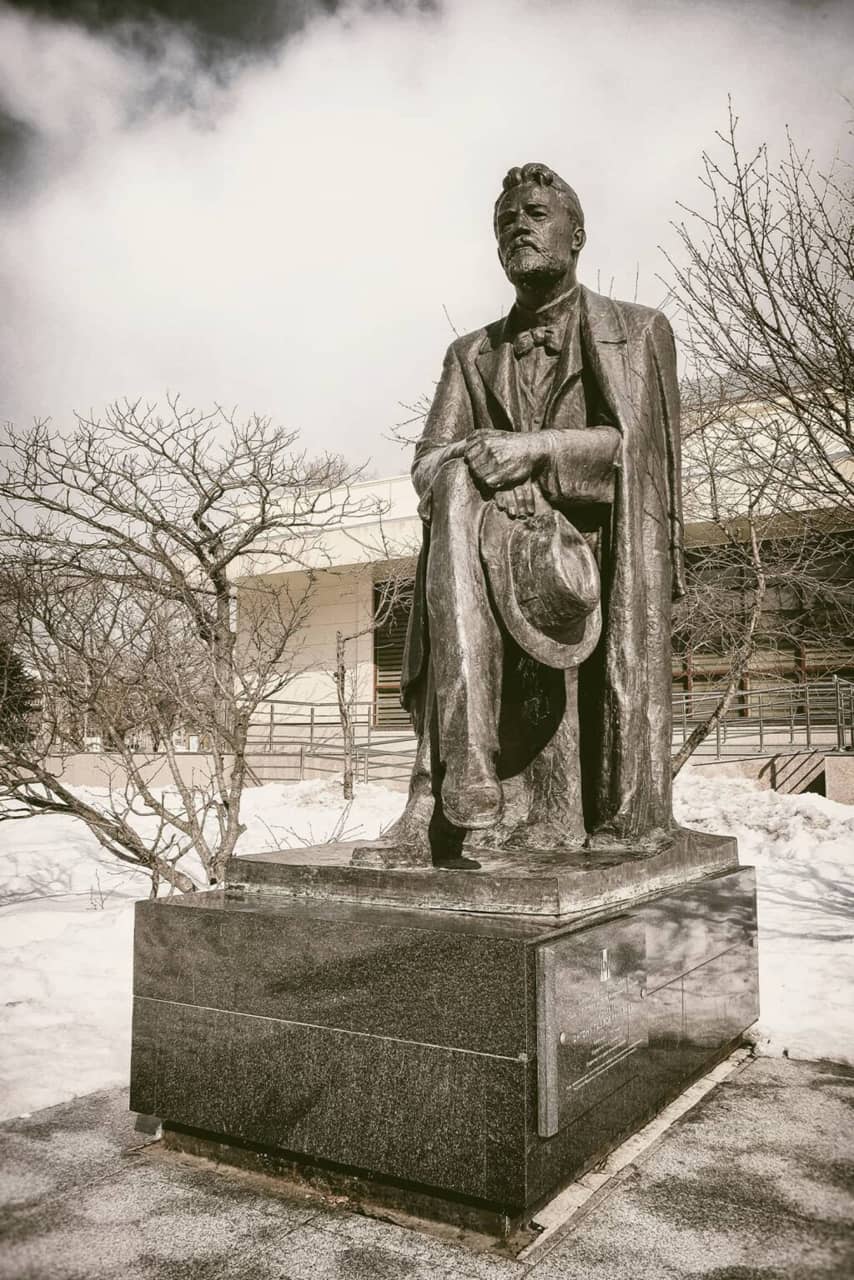
Literary symbol of the island
Anton Chekhov
One of the local symbols is the writer Anton Chekhov, who visited Sakhalin in 1890. At the time there was a penal colony on the island and Chekhov carried out a census of the entire local population, including prisoners. He described the climate and the way of life on the island. Thanks to his work “Sakhalin Island”, Sakhalin became known not only in Russia but all over the world. Today the Central Theater in Yuzhno-Sakhalinsk was named after Chekhov, there is also a monument to the writer in the city.

Island's landmark
Aniva Lighthouse
The most ambitious and unique architectural site in the Sakhalin Region is one of the most interesting forgotten lighthouses in the world – Aniva lighthouse. Established in 1939 in an area impassable for ships, teeming with numerous currents, periodic fogs, and underwater banks, it rises 31 meters above the ground. Even if now it’s almost abandoned, it makes you feel even more that you are in the middle of nowhere.
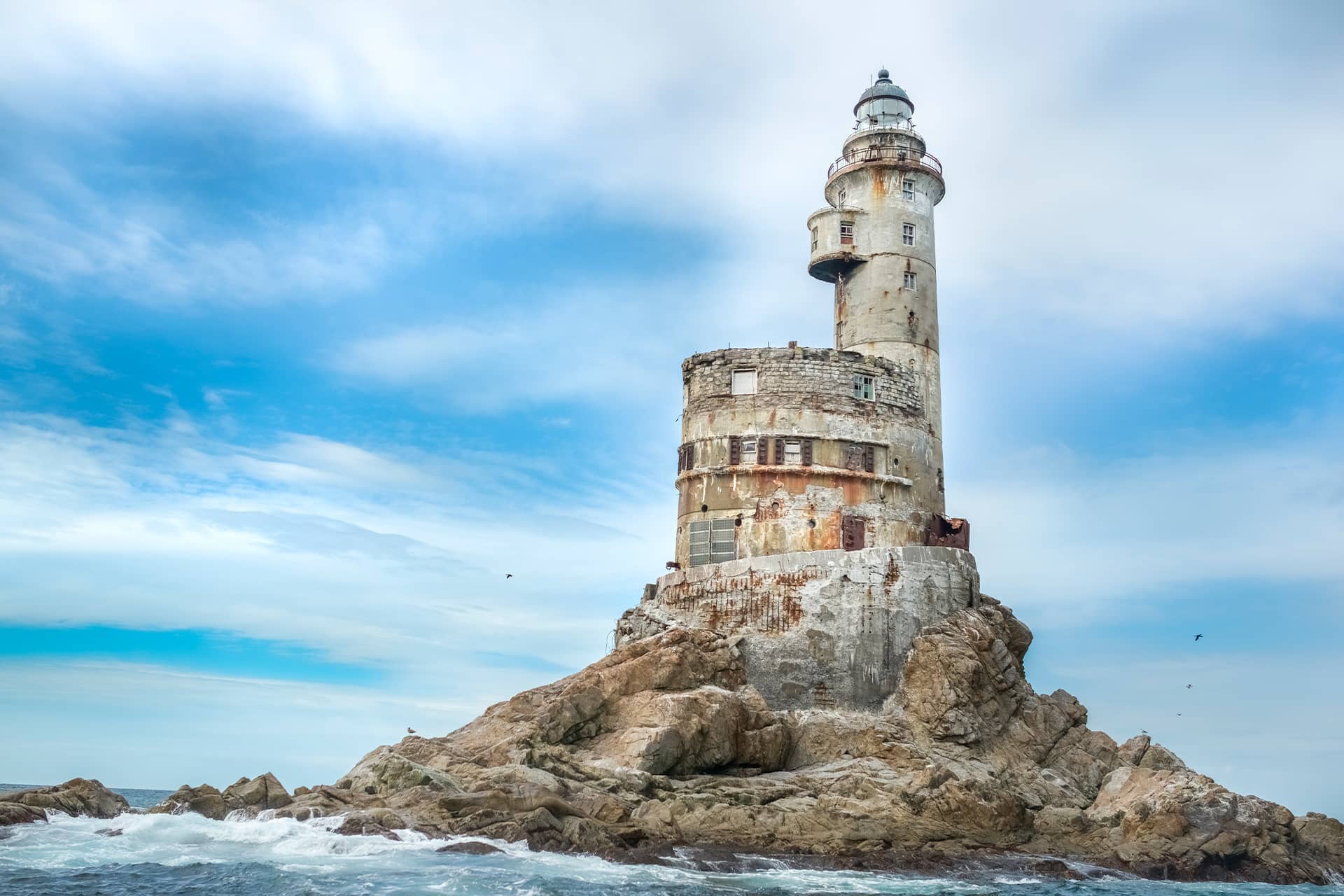
Neighborhood
Kuril Islands
A necklace of more than 50 islands bathed by the waters of the Pacific Ocean connects the Russian peninsula of Kamchatka to the Japanese island of Hokkaido. Only a few tourists pluck their courage to go to this remote corner of the world: the distances and the cost discourage many of them. However, the breathtaking landscapes of the place are well worth the adventure.

Iturup Island is the largest of the Kuril Islands. This is a 200-kilometer mosaic of rivers, volcanoes coexisting with hot lakes, mountain ranges, different-level coastal terraces, and whimsical white cliffs standing out against the backdrop of emerald forests. The island hosts one of the highest (141 m high) waterfalls in Russia – Ilya Muromets.
Kunashir is the southernmost of the inhabited Kuril Islands. The space landscape of the island makes it difficult to believe that you’re still on the Earth: basalt pillars, a chain of active volcanoes and fumaroles. In this remote territory, there are also several boiling lakes, waters of which are heated by volcanic gases. It could be considered the richest of the Kuril Islands thanks to the diversity of landscapes, plant and animal life, and the number of attractions.
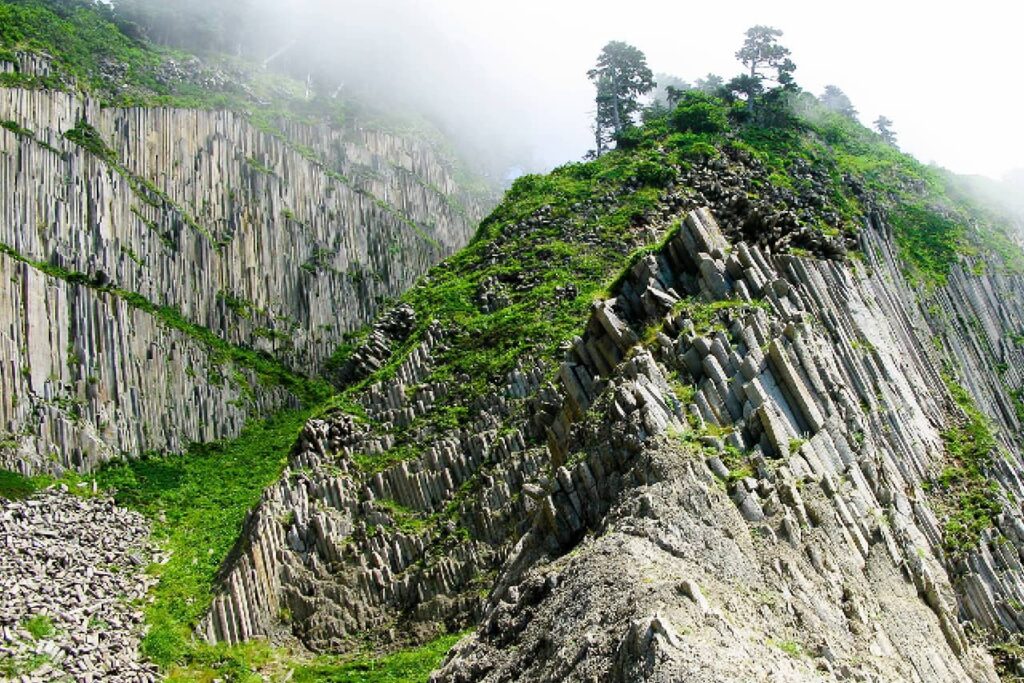
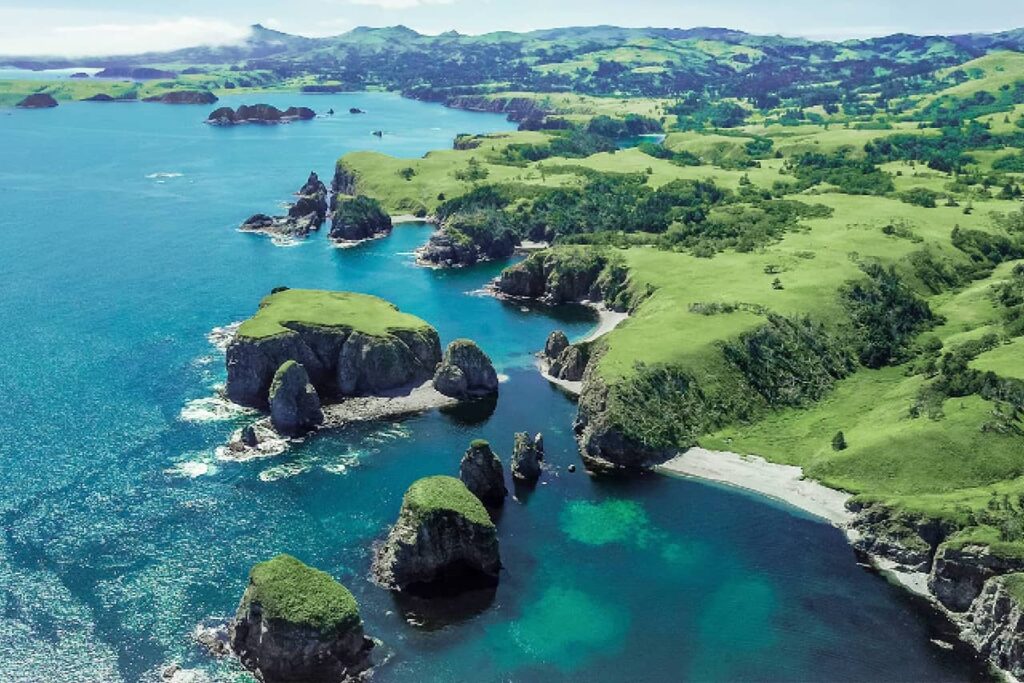
Shikotan Island is “the best place” – so, according to one version, the indigenous people, the Ainu, called Shikotan. This is the northernmost and largest island of the Lesser Kuril Ridge. Even if there are no active volcanoes and no bears here, there is its own End of the World. It’s the name of a cape located in the northeast of the island that overhangs into the Pacific Ocean for almost a kilometer, breaking off downward with rocks at 40-50 m. Here you will really feel yourself at the edge of the earth.
try something new
Itineraries of Far East
What Else
View More Destinations
want more?
More pictures inside the Gallery

